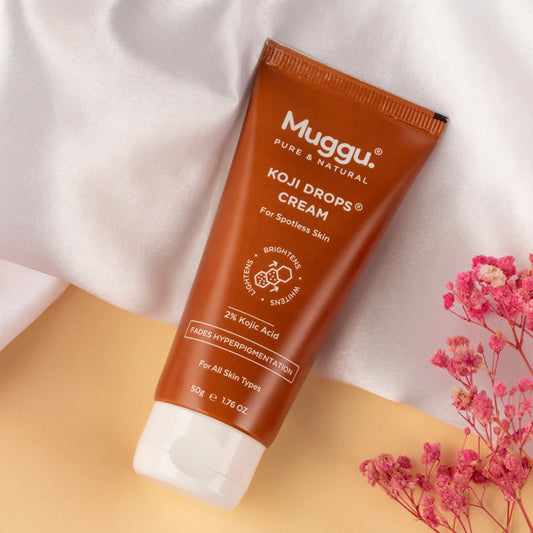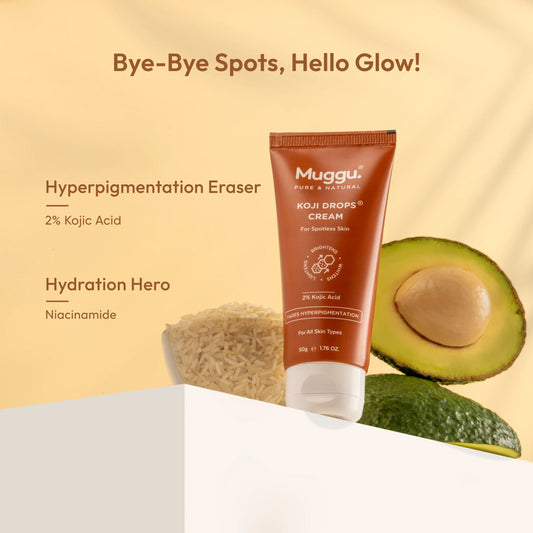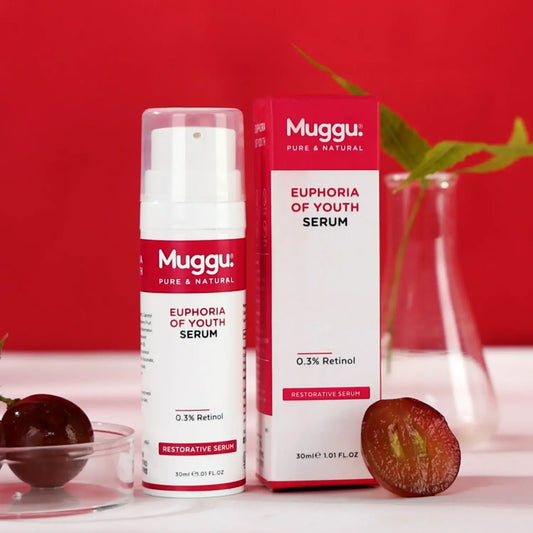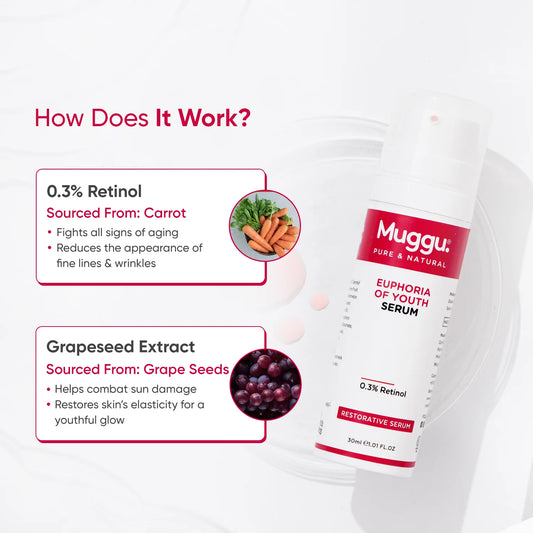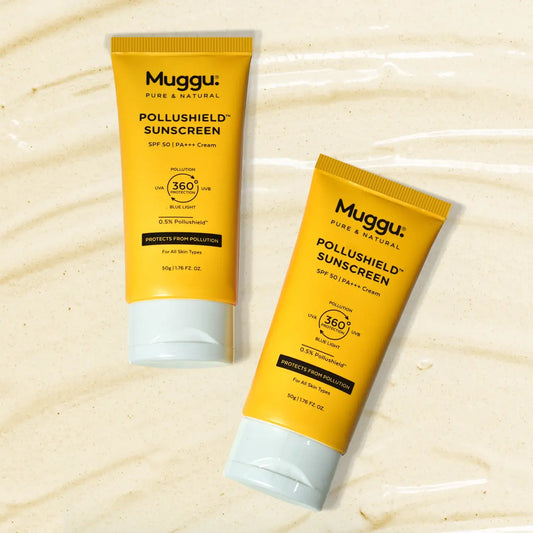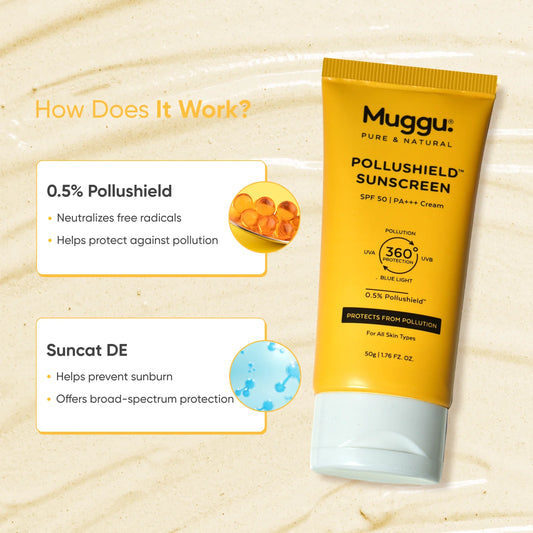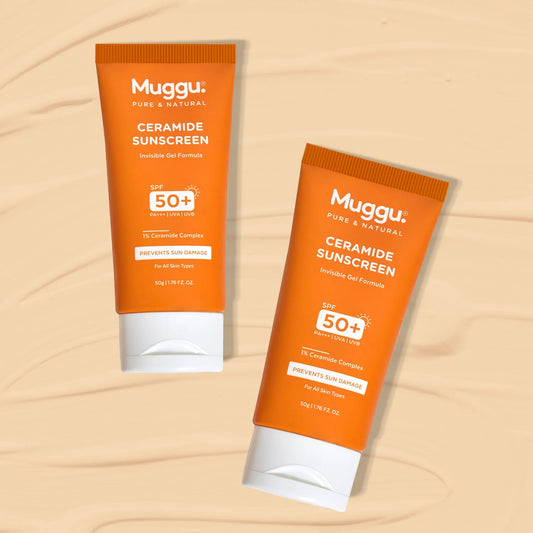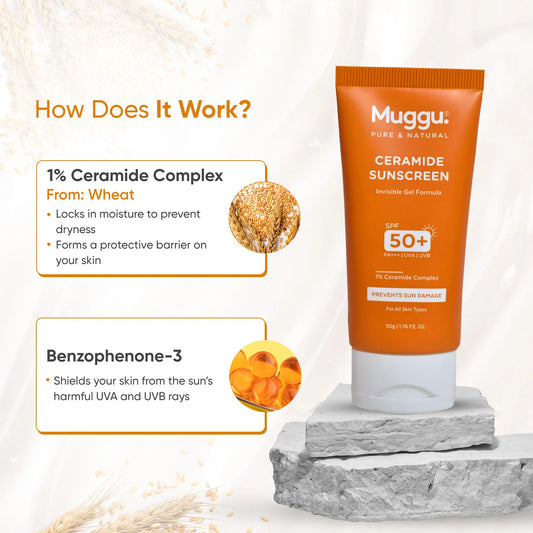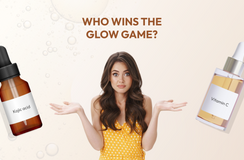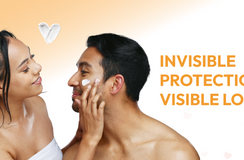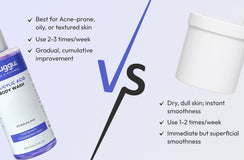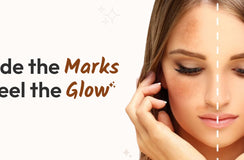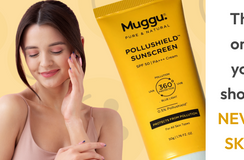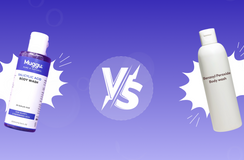The sun is shining, mountains & beaches are calling, and you're ready to soak up those rays. But hold up! Before you step out, there’s one thing you absolutely can’t forget: sunscreen. And not just any sunscreen - today, we’re diving deep into the world of sunscreen SPF 50. Choosing the right one can make all the difference in protecting your skin from those sneaky UV rays. So, let’s get to it!
Factors To Consider When Choosing Sunscreen SPF 50
When it comes to sunscreen, not all are created the same. Here’s what the experts say you should keep an eye out for:
1. The Right SPF
First things first, let’s talk SPF. Sun Protection Factor (SPF) is your go-to measure for how well a sunscreen will protect your skin from harmful UVB rays. These rays cause sunburn and may contribute to skin cancer.
An SPF 50 sunscreen blocks approximately 98% of these rays, giving you robust protection while you bask in the sunshine. Remember, higher isn’t always better. SPF 50 is a sweet spot, offering excellent defense without the greasy residue of higher SPFs.
2. Broad-Spectrum Protection
UVB rays aren’t the only culprits you need to guard against. Enter UVA rays - these penetrate deeper into the skin, causing premature aging. This is why you need a broad-spectrum sunscreen lotion SPF 50 that shields you from both UVA and UVB rays. When you see "broad-spectrum" on the label, give yourself a pat on the back - you’re making a smart choice.
Look out for the PA+++ rating as well. It measures UVA protection. The more plus signs, the higher the protection, with PA+++ providing excellent defense against those pesky rays that cause aging. This little detail can make a big difference in keeping your skin youthful and healthy.
3. Water Resistance
Planning a swim or a sweat session? Water-resistant sunscreen is your best friend. These sunscreens stay effective for about 40 to 80 minutes in water, but remember, they’re not waterproof. Reapply frequently, especially after toweling off, swimming, or sweating. Trust us, your skin will thank you.
4. Skin Type Compatibility
This is where things get personal. Your skin type plays a vast role in picking the right sunscreen. Got oily skin? Look for a sunscreen SPF 50 for oily skin labeled as "non-comedogenic" (fancy word for 'won’t clog your pores'). If you’ve got dry skin, a more hydrating formula might be your jam. Sensitive skin? Go for fragrance-free and hypoallergenic options to avoid irritation.
What Ingredients to Look For in SPF 50 Sunscreen For Face
Ingredients are the stars of the show in any skincare product, and sunscreens are no exception. Let’s break down the must-haves and the must-avoids:
Must-Have Ingredients
1. Titanium Dioxide
Titanium dioxide is a powerhouse in the world of sun protection. This mineral ingredient sits on the skin's surface and physically blocks UV rays. It's gentle, making it an excellent choice for sensitive skin and SPF 50 sunscreen for face. Plus, it provides broad-spectrum protection.
2. Zinc Oxide
Zinc oxide is another superstar mineral. It offers broad-spectrum protection by deflecting both UVA and UVB rays. Known for its soothing properties, it's a fantastic option for those with acne-prone or sensitive skin. Zinc oxide doesn't just protect - it's like giving your skin a calming hug.
PS: Titanium dioxide and zinc oxide are often used together in sunscreen formulas to further enhance each other’s sun-protecting capabilities. Both ingredients are celebrated for their safety and efficacy. They pose minimal risk of irritation and boast a track record of being kind to both your skin and the environment. This stellar reputation has consistently earned the approval of skincare experts.
3. Antioxidants
Antioxidants like vitamin E and Pollushield™ can boost sunscreen by fighting off free radicals that can damage skin. By incorporating these powerful ingredients, sunscreens not only protect against UV damage but also enhance the skin's resilience against environmental aggressors like pollution.
Must-Avoid Ingredients
Not all sunscreen ingredients play nice. Some can cause irritation, allergies, or worse. Here’s what to avoid:
1. Parabens
Parabens may cause skin irritation and have been linked to hormone disruption. Opt for paraben-free formulas.
2. Fragrances
Added scents may irritate your skin and cause allergies. Look for fragrance-free options, especially if your skin is sensitive. However, if you prefer scented products, ensure they contain IFRA (The International Fragrance Association) approved fragrances deemed safe for skincare use.
Other harmful additives, such as sulphates and phthalates, may irritate your skin. That’s why it is important to steer clear of sunscreens with these ingredients.
Chemical vs. Physical Sunscreen SPF 50
There are two types of sunscreen SPF 50 in the market - Physical & Chemical.
Physical sunscreens comprise mineral ingredients like zinc oxide or titanium dioxide. These act as a physical barrier to deflect UV rays away from the skin.
Chemical sunscreens comprise organic compounds that absorb UV radiation and convert it into heat. Further, this heat is released from your skin.
Both types can be effective, but some people prefer physical sunscreens for sensitive skin or environmental reasons.
Read More: Difference Between Physical & Chemical Sunscreen SPF 50
How to Apply Sunscreen Like a Pro?
So, you’ve picked your SPF 50 sunscreen for face & body - awesome! Now, how do you make the most out of it? Here’s how!
1. Quantity Matters
Don't skimp! You need about a shot glass worth of SPF 50 sunscreen to cover your entire body. For your face, a nickel-sized dollop should do the trick. And don't forget those often-missed spots like your ears, neck, arms, and the tops of your feet.
2. Timing is Key
If you’re using a chemical sunscreen, apply it at least 15 minutes before you head outside to give it time to sink in and start working. Physical sunscreens can be applied right before sun exposure.
3. Reapply, Reapply, Reapply
This is where most people slip up. Sunscreen isn’t a one-and-done deal. Reapply every two hours, or more often if you’re swimming or sweating. Keep a travel-sized bottle in your bag for easy access.
Sunscreen Myths Busted
There are plenty of myths floating around about sunscreen. Let’s clear up a few:
1. Myth: Higher SPF Means Better Protection
Fact: SPF 50 blocks about 98% of UVB rays, while SPF 100 blocks about 99%. The difference is minimal; no sunscreen can block 100% of UV rays. The key is proper and frequent application.
2. Myth: You Don’t Need Sunscreen Indoors
Fact: UV rays can penetrate windows, so if you’re sitting by a sunny window, you still need protection. Make sunscreen a part of your daily routine, rain or shine.
3. Myth: Darker Skin Tones Don’t Need Sunscreen
Fact: Everyone, regardless of skin tone, can suffer from UV damage. Darker skin tones might not burn as easily, but they are still at risk for skin cancer and premature aging.
Conclusion
Choosing the right SPF 50 sunscreen doesn’t have to be daunting. By focusing on the SPF, ensuring it’s broad-spectrum, picking the right formulation, and checking for water resistance, you’re well on your way to finding a sunscreen that’s perfect for you. Look for beneficial ingredients like titanium dioxide and zinc oxide, and steer clear of harsh chemicals to keep your skin happy and healthy.
Remember, the best sunscreen is one you’ll actually use. So, find one that feels good, fits your lifestyle, and gives you peace of mind knowing you’re protected. Now, go forth and enjoy the sun safely - your skin’s got this!
Stay sun-savvy, and happy sunscreen shopping!☀️
